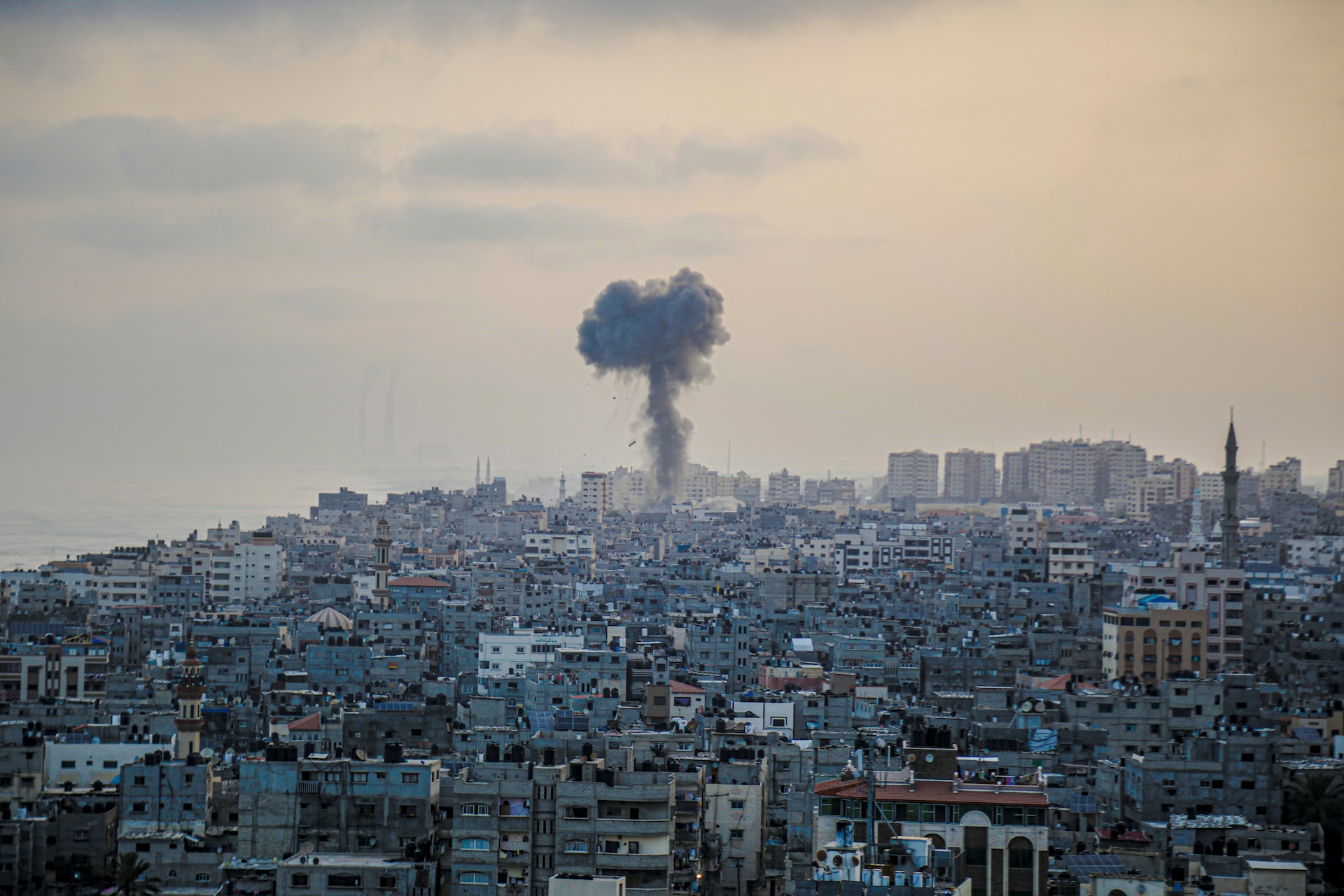The Israeli Defense Forces (IDF) have initiated the second phase of their military operation in Gaza, defying warnings from Iranian-backed opposition groups throughout the Middle East, including Hezbollah, that such an incursion would result in more aggressive actions against Israel. The ramping up of fighting in Gaza has coincided with nearly two dozen missile and drone strikes targeting US military installations in Syria and Iraq – with Iran allegedly facilitating some of these activities.
The IDF is now advancing in three separate directions throughout the northern third of Palestinian territory in Gaza, likely maneuvering to cut this portion of the strip off from the south before initiating an encirclement of Gaza City. Israel will need to clear “pockets of resistance” that include sprawling underground tunnels and bunkers, which could take several months, according to officials. As long as this operation continues, the threat of a more widespread conflict in the Middle East will loom, which could have a significant impact on energy markets and arms sales.
Related ETFs: SPDR S&P Aerospace & Defense ETF (XAR), Invesco DB Oil Fund (DBO)
Israel’s war against Hamas entered its second phase in recent days. This stage of the Israeli Defense Forces’ (IDF) planned three-stage military operation to counter Hamas includes a ground invasion of the Gaza Strip that could last several months, according to Defense Minister Yoav Gallant. The first phase of the war, which Gallant first detailed over a week ago, was “a military campaign takes place with fire” – referring to the massive missile bombardment of key Hamas positions throughout the expected combat zone. That set the stage for the IDF to expand its previously limited incursions into Gaza and begin clearing “pockets of resistance” and, potentially, recover hostages recently taken by Hamas. Thus far, only four of the 240 hostages captured in Hamas’s “Al-Aqsa Flood” terror attack on Israel, beginning on October 7, have been released by Hamas.
The IDF has opened up fronts in three directions throughout the northernmost portion of Gaza – a densely-populated rectangular strip of land on the Southwestern coast of Israel, just 41km long. The most significant IDF advance is cutting west across the Gaza Strip just south of the Karni border crossing, a less populated area of the territory, and now reaching the Salah Al-Din highway – the major transport artery that spans the entirety of Gaza vertically. Advances on this front have surpassed 3.1km, almost half of the 6.8km required to reach the sea and essentially cut the northern third of the Gaza Strip off from the remaining southern portion. This seems to be the most likely course of action the IDF will take.
Mapping from various open-source intelligence (OSINT) outlets suggests that the IDF forces are on the offensive in the northeastern and northwestern portions of Gaza as well, taking positions near the Erez border crossing and along the coast near As-Siafa, respectively. These advances have thus far taken the path of least resistance, focusing on open territory with few fortifications and civilian populations to navigate. Setting up bases of operations in these areas will effectively set up a perimeter for more difficult pushes into denser population centers like Al-Atatra and Beit Hanoun. Further Israeli gains on…
To read the complete Intelligence Briefing, current All-Access clients, SIGN IN All-Access clients receive the full-spectrum of MRP’s research, including daily investment insights and unlimited use of our online research archive. For a free trial of MRP’s All-Access membership, or to save 50% on your first year by signing up now, CLICK HERE










